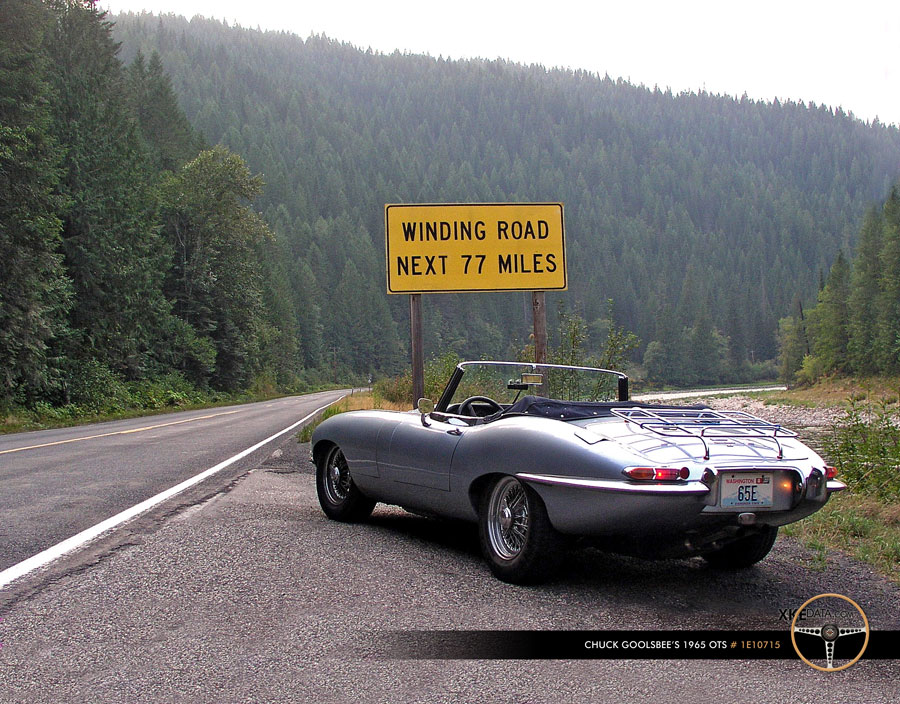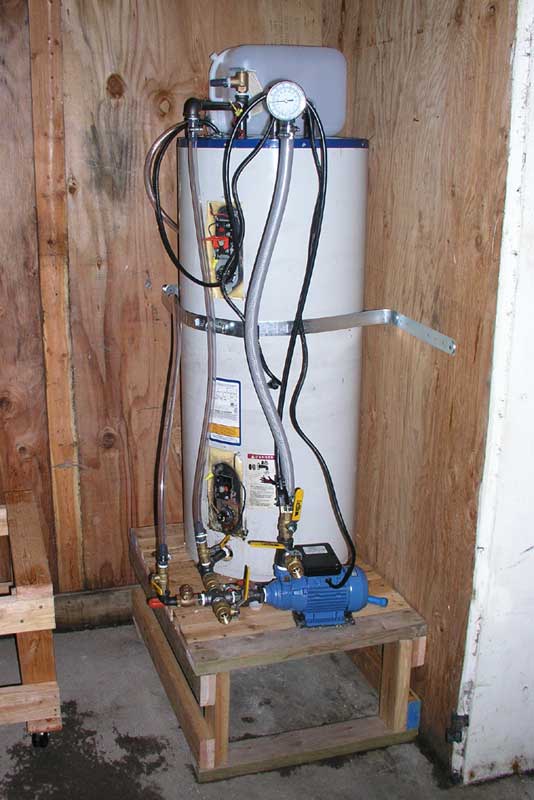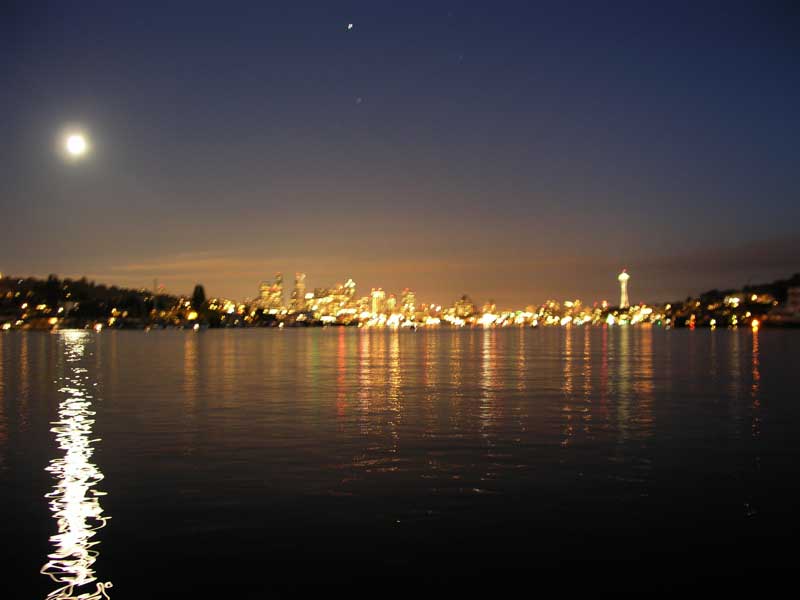I hate to talk on my cell phone while I’m driving. In fact, I hate to talk people on their cell phones when they are driving. Driving a car requires significant amounts of attention. You can not pay attention to driving while also talking on a telephone. Many people will argue that they can, only because they have yet to die in a fiery wreck, and they talk on their phones all the time while driving. I would argue the opposite. On my commute I swear 3 out of 5 drivers have a phone plastered to their head. I have swerved to avoid many inattentive cell-phone yakker drifting over the lane lines on the freeway. It was only due to the fact that I wasn’t distracted, and I was aware that they were, that I avoided collision.
I haven’t been able to adequately argue why you shouldn’t talk on a phone while driving. But somebody else just did it for me.
What follows is probably the most well-considered arguments for why talking on a cell phone is so much more taxing on your brain than other distractions one encounters while driving… It was written by my friend Adam Engst of TidBITs (also a digital.forest client!) as part of an ongoing discussion on a mailing list.
The first bits are quoted remarks from the previous discussion, the rest is all Adam:
(all the reported studies say that the distraction from the process of talking on the phone is as dangerous as the distraction from dialing the phone and holding it).
Are these distractions any more than having a passenger in the car and talking to them? How about the distraction of talk-radio?
I find myself in agreement with the studies that talking on cell
phones while driving is highly distracting, and significantly more so
than talking to another person in the car or listening to talk radio.
I base this somewhat on personal anecdotal experience, but largely on
what I learned while ghost-writing the late Cary Lu’s “The Race for
Bandwidth” book.
The problem is basically that a cell phone conversation is a very low
bandwidth communication channel, with significantly less bandwidth
available than for POTS (plain old telephone system) calls. That’s
why calls break up, voices are hard to understand, and so on. And
even when the voice on the other end is clear and continuous, the
audio range is significantly limited.
Now, whenever you’re faced with a difficult-to-interpret audio
signal, your brain responds by doing a great deal more processing. If
someone you’re speaking with isn’t speaking clearly, for instance,
you’ll look more intently at their face, in essence adding visual lip
reading to what you’re hearing; your brain combines the information
so you can better understand what you’re hearing. With cell phone
conversations, it’s common to see people plugging the ear not being
used for the phone to block out distracting external noises; in
essence, they’re subconsciously trying to devote more brain power to
decoding the cell conversation. I’ve even found myself closing my
eyes when trying to distinguish particular words that are difficult
to distinguish.
As a result, it simply makes sense that if your brain is being forced
to do a great deal of audio processing, it will have somewhat less
attention for driving. I’m sure people can learn the skill of driving
while talking on the phone – repetition will improve nearly any
activity – but I have no doubt that talking on a cell phone is a
notable distraction for many.
What about the situation where you’re talking with someone else in
the car? There are two huge differences. First, the amount of
bandwidth is huge – the audio quality of someone sitting next to you
is many times that of a telephone call. Second, and more important,
if the person in question is an adult, they can (and usually will)
adjust their speaking to the driving conditions. An aware companion
will stop talking if the driver needs to navigate an unfamiliar area,
or if there’s a traffic hazard approaching. Driving with an unaware
companion, such as a screaming baby, would thus be much worse.
How about the radio? Again, the bandwidth is generally higher, and
the audio quality generally improved by being sent through car
speakers. But what’s key with radio is that it’s a one-way
transmission. You must still process the incoming audio, but there’s
no need or expectation that you’ll reply, and the informational value
of the content is generally low. In other words, you can tune out the
radio to concentrate on driving for seconds or minutes with no
downside. And of course, you can always shut it off – you’re in
complete control of the one-sided conversation without even the need
for social niceties (it’s rude to just hang up on someone, but no
radio host is bothered if they’re turned off :-)).
So again, with the acknowledgement that anyone can practice talking
on the phone while driving to improve their driving-while-talking
skills, it seems quite clear to me that it does detract from
attention paid to the road, and more so than either a companion in
the car or listening to the radio. Improving the physical situation
by using a headset and voice dialing rather than holding and dialing
the phone will also help, but only so far.
cheers… -Adam
Well said Adam!





